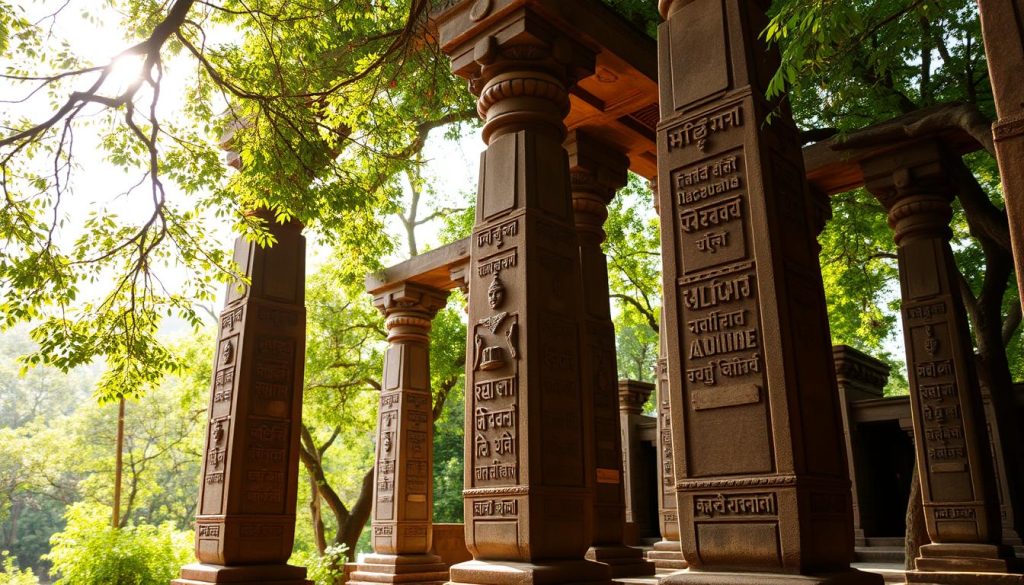The National Park of Odisha, nestled in the heart of India’s eastern state, stands as a testament to the rich biodiversity and cultural heritage of the region. This sanctuary of natural wonders not only serves as a haven for a diverse array of flora and fauna but also holds deep historical significance. As visitors traverse its lush landscapes and encounter its wildlife treasures, they are met with a tapestry of conservation efforts, indigenous traditions, and research initiatives that underscore the park’s importance in the realm of environmental preservation and cultural heritage. Join us on a journey through the National Park of Odisha as we explore its wonders and the efforts dedicated to its protection and sustainability.
Introduction to the National Park of Odisha
Step right up, nature enthusiasts! Welcome to the National Park of Odisha, where the wild things roam free and the trees whisper tales of ancient times. This gem of a park beckons visitors to explore its wonders and bask in the beauty of untouched wilderness.
Location and Overview
Nestled in the heart of Odisha, this national park is a nature lover’s paradise. With its lush forests, rolling hills, and diverse ecosystems, it’s a haven for those seeking a break from the hustle and bustle of city life.
Historical Significance
This park isn’t just a pretty face – it’s steeped in history too. From ancient tribes to colonial times, this area has witnessed it all. The park stands as a testament to the rich cultural heritage and natural beauty of Odisha.
Biodiversity and Wildlife of the Park
Hold onto your binoculars, folks! The National Park of Odisha is a treasure trove of biodiversity, boasting a dazzling array of flora and fauna that will leave you spellbound.
Flora and Fauna Diversity
From towering trees to tiny insects, this park is a botanical and zoological wonderland. Explore the intricate web of life that thrives in this sanctuary, where every plant and animal plays a vital role in the ecosystem.
Key Species and Habitats
Spotlight on the stars of the show – the key species that call this park home. Marvel at majestic tigers, graceful deer, colorful birds, and other charismatic creatures that make this park their playground. Discover the unique habitats that sustain these species and learn about the delicate balance that keeps this ecosystem thriving.
Conservation Efforts and Success Stories
Behind the scenes, a dedicated team of conservationists is working tirelessly to protect and preserve the National Park of Odisha for future generations. Let’s take a peek at their efforts and the impact they’ve made.
Protected Area Status
This park isn’t just any old piece of land – it’s a protected area where nature takes center stage. Learn about the measures in place to safeguard this precious ecosystem and ensure its longevity.
Conservation Programs and Initiatives
From community outreach to scientific research, a variety of conservation programs are in place to keep this park thriving. Discover the innovative initiatives that are making a difference and the success stories that inspire us to do more for our planet.
Visitor Information and Tourism Opportunities
Ready to embark on your own adventure? Whether you’re a seasoned traveler or a first-time visitor, the National Park of Odisha has something for everyone. Pack your sense of wonder and get ready to explore!
Visitor Centers and Facilities
Need a pit stop or some information to kick off your visit? Visitor centers and facilities in the park have got you covered. Get insider tips, maps, and maybe even a cup of chai to fuel your exploration.
Popular Activities for Visitors
From thrilling safaris to peaceful nature walks, there’s no shortage of activities to keep you entertained in this park. Live out your wildest nature documentary fantasies and create memories that will last a lifetime. Who knows what wonders you’ll encounter along the way?
Indigenous Communities and Cultural Significance
Local Communities and Traditional Practices
The national park of Odisha is not just a scenic wonderland; it’s also home to indigenous communities whose traditions and practices are deeply intertwined with the park’s ecosystem. These local communities have a wealth of traditional knowledge that contributes to the park’s cultural significance.
Cultural Heritage Sites within the Park
Within the lush expanse of the national park lie hidden gems of cultural heritage. From ancient ruins to sacred sites, each corner of the park holds stories of the past that enrich the visitor’s experience and highlight the historical importance of the region.
Challenges and Threats Facing the Park
Human-Wildlife Conflict
As more human activities encroach upon wildlife habitats, instances of human-wildlife conflict have become a pressing issue for the national park. Balancing the needs of both wildlife and local communities is crucial to ensuring the harmonious coexistence of both.
Environmental Pressures and Illegal Activities
Illegal activities such as poaching and deforestation pose significant threats to the park’s biodiversity. Additionally, environmental pressures from factors like pollution and climate change further strain the delicate balance of the park’s ecosystem.# Research and Educational Initiatives
Scientific Studies and Monitoring Programs
To better understand and conserve the park’s natural resources, ongoing scientific studies and monitoring programs play a key role. By collecting data on flora, fauna, and environmental changes, researchers can make informed decisions to safeguard the park’s future.
Educational Outreach and Awareness Campaigns
Educating the public about the importance of conservation is vital for the park’s sustainability. Through educational outreach programs and awareness campaigns, visitors and local communities alike can learn how their actions impact the park and what steps they can take to protect it.
Future Outlook and Sustainability Efforts
Long-term Conservation Strategies
Looking ahead, long-term conservation strategies are essential to preserving the park’s biodiversity and ensuring its survival for future generations. Implementing measures like habitat restoration and wildlife protection are crucial steps in securing a sustainable future for the national park.
Sustainable Development Plans for the Park
Balancing conservation efforts with sustainable development is key to the park’s future viability. By implementing eco-friendly practices and promoting responsible tourism, the park can thrive economically while preserving its natural beauty and ecological integrity.In conclusion, the National Park of Odisha stands as a beacon of hope for the conservation of natural ecosystems and the preservation of cultural legacies. As we reflect on the beauty and significance of this sanctuary, it becomes clear that our collective efforts are vital in ensuring its continued existence for future generations to cherish and enjoy. Let us all pledge to uphold the values of conservation and sustainability, so that the National Park of Odisha may thrive as a symbol of harmony between humans, wildlife, and the environment.








